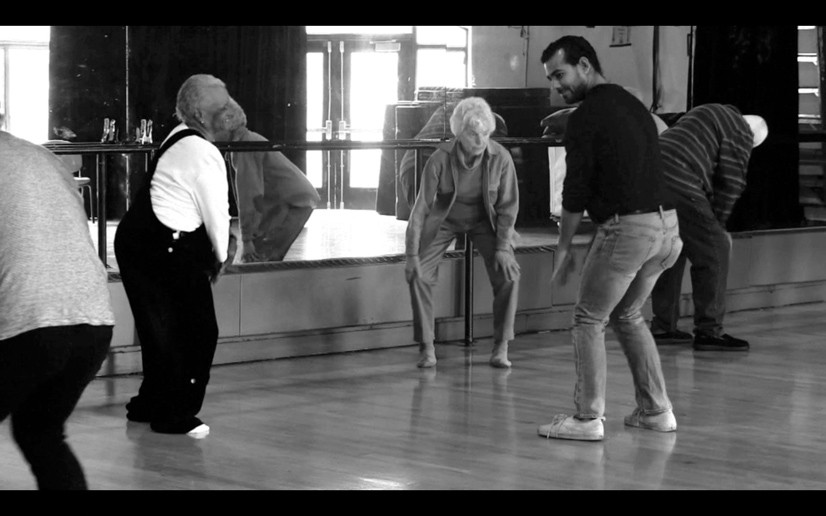People with Parkinson’s take to the dance floor.
At first glance, Parkinson’s disease and dancing seem antithetical. Dancing is ordered, purposeful movement, and Parkinson’s is a disorder affecting movement. But a series of classes at Brown has successfully combined the two.
Julie Strandberg, senior lecturer in theatre arts and performance studies, and Rachel Balaban ’80, an adjunct lecturer in the department, founded Artists and Scientists as Partners to unite medicine and the arts and explore creative approaches for people with Parkinson’s and autism. They devised a 10-week course, “Dancing for the Aging Population” (DAPpers), that culminated with Brown students teaching a dance routine to people with Parkinson’s.
“We felt that the DAPpers class was a perfect example of a counter narrative, to counteract common misconceptions about later life and people with PD,” says Isabel Chin ’17 MD’21, who was one of the student instructors. “The largest misconception is they do not have the same artistic power, strength, and ability as younger people, especially when it comes to dance, which is a very physical art.”
Teaching dance to people with Parkinson’s is not a new concept. In 2009, Balaban taught a class at Connecticut College as part of the Dance for PD program, which was founded in New York City 15 years ago. Studies have shown that dancing improves both motor and non-motor outcomes in Parkinson’s patients. Strandberg and Balaban say they believe that the DAPpers class is therapeutic, but stress that it is not dance therapy.
“Think about people with Parkinson’s—everything is constantly medicalized. They live in this world. And so to go to a physical therapy session is one more medicalization of their problem, and a reminder of what’s wrong with them,” Balaban says. “Whereas a dance class—where there’s a dance teacher, a ballet barre, mirrors, and young, vital athletes—is a world apart.”
Last spring, Jason Vu ’17 choreographed a dance inspired by DAPpers. “You immerse yourself in the environment and figure out what people really like, since you see them week after week,” he says. “Some of them really liked the idea of doing classical ballet, so I wanted to do an actual barre routine with them.”
(Below, watch Chin’s video of Vu and people with PD performing his routine.)
“I asked one of my participants once, why does he like having students in the class? And he said for him it’s like when you swim with your grandchild out to the swimming dock,” Balaban says.“There’s an exchange of energy. You just want to prove that you can do it too.”




